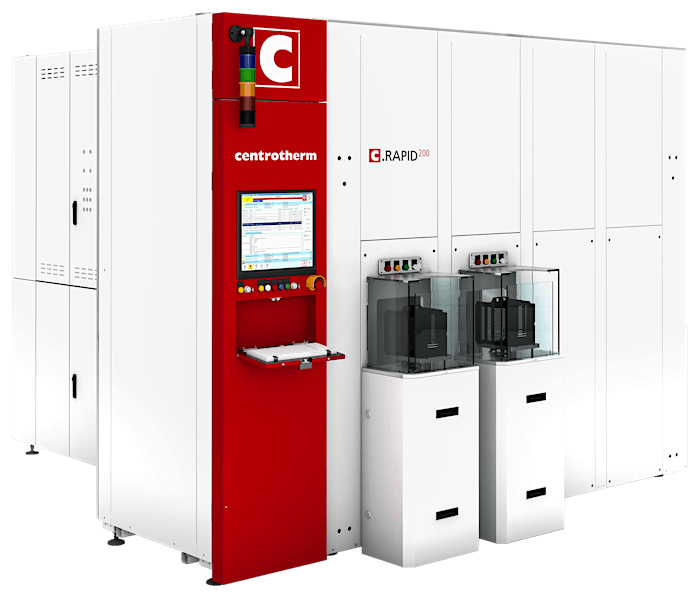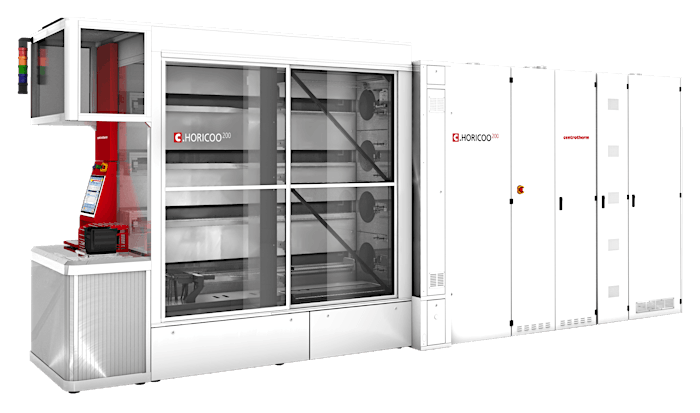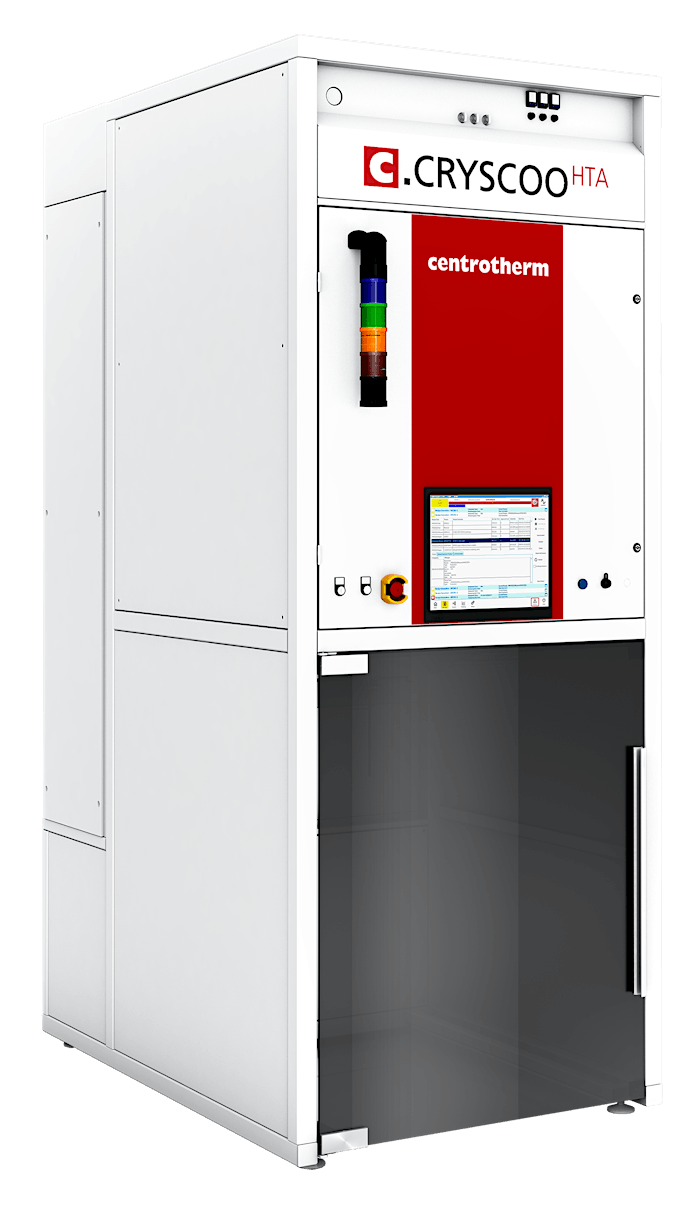
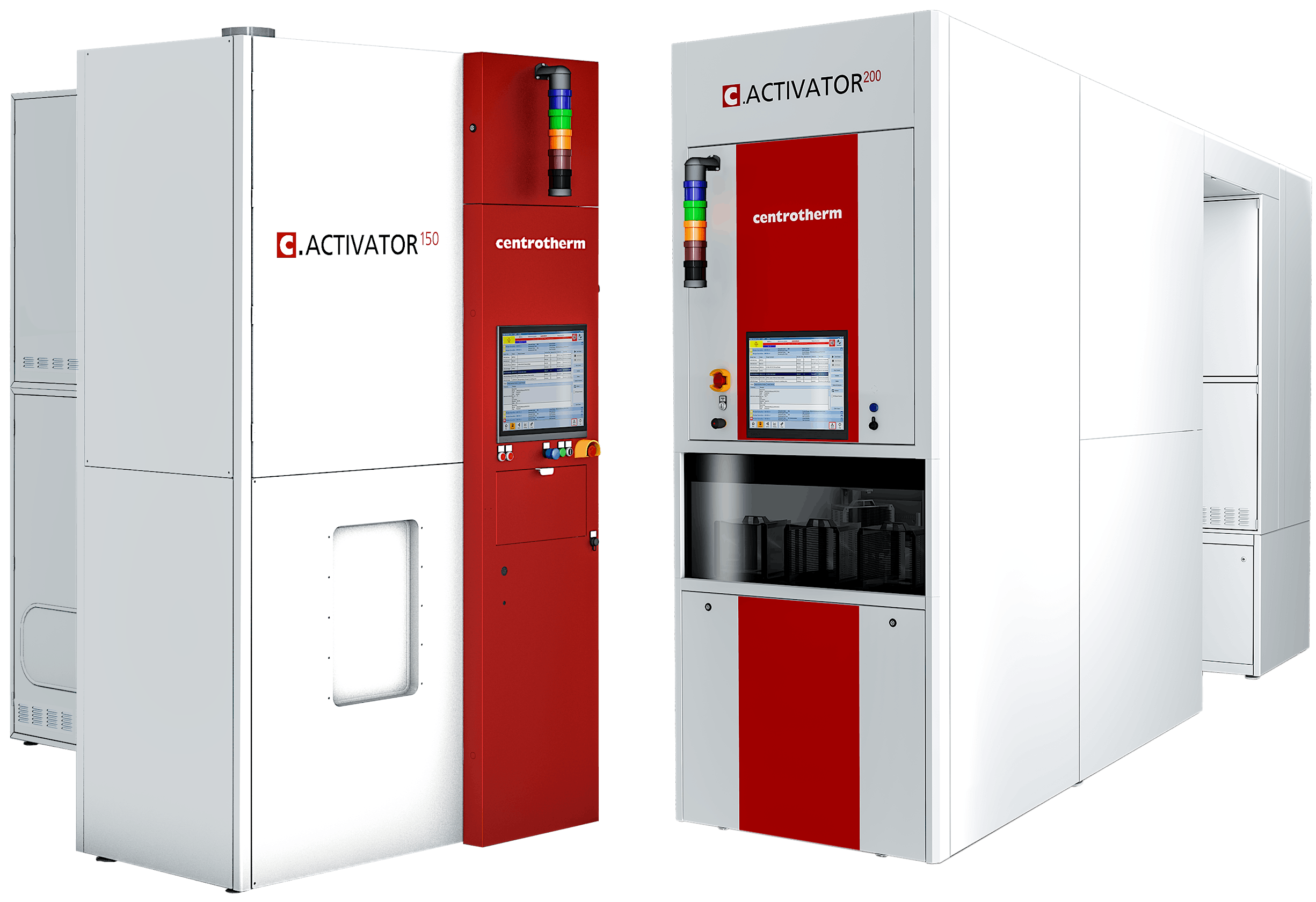
ANNEALING
High-temperature furnace for the annealing of SiC and other materials in Ar, N2 and H2 ambient
The centrotherm c.ACTIVATOR has been developed for high-temperature annealing applications in high-volume SiC device manufacturing but it is also ideally suited for other materials. There are two versions available providing wafer size capabilities up to 200 mm. The unique all metal free design of the centrotherm process tube and heating system allows process temperatures up to 2000 °C.
The main application for c.ACTIVATOR is the electrical activation by post implantation annealing for SiC MOSFET and diode manufacturing at high temperatures of up to 2000°C.
Further applications are
- High-temperature hydrogen annealing to smooth, clean and round trenches after (RIE) etching in order to improve channel mobility and reduce field crowding on sharp corners in trench MOSFET manufacturing
- Cost-efficient dopant activation in GaN wafers at 1150 - 1250°C
- Annealing of AlN seed layers and AlN epitaxial layers at ~1700°C
Processes
- SiC annealing
- Post implantation annealing
- H2 annealing for trench optimization
- GaN annealing
- AlN annealing
Options
- Load lock - mini environment with N2 purge option for up to 25% throughput enhancement
- Vacuum processing < 10-3 mbar
- Automated wafer handling system
- Higher throughput > 100,000 wafers/year (depending on process)
Sales Semiconductor & Microelectronics
Tel. +49 7344 918 6794
E-Mail
Find us at
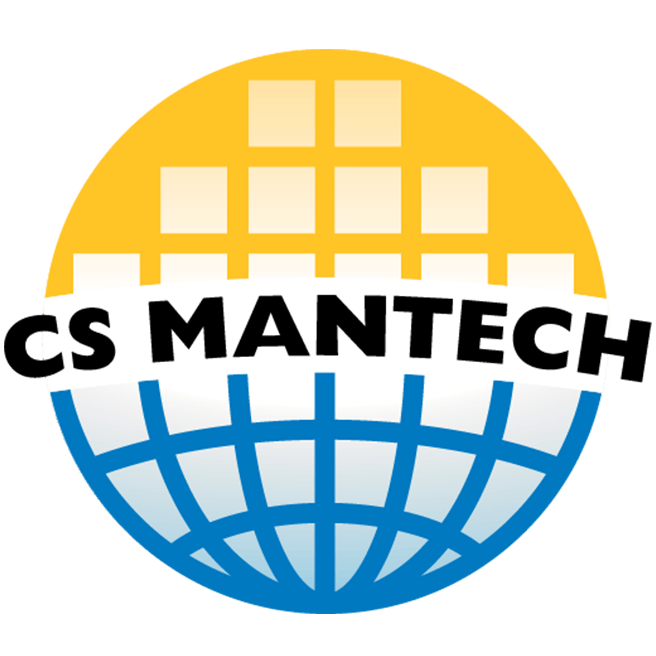
CS MANTECH
JW Marriott Starr Pass Resort | Tucson, Arizona, USAFeatures & Benefits
- High activation rate
- Minimum surface roughness (with appropriate C-cap)
- Maximum temperature 2000 °C
- High-temperature-stable heating cassette
- Small footprint
- Continuous operation ≤1600 °C
- All metal-free heaters and insulation
- Batch size ≥50 wafers
- Automated calibration
- Profiling thermocouple

High-temperature processing

Wafer sizes up to 200 mm
Compound semiconductors



